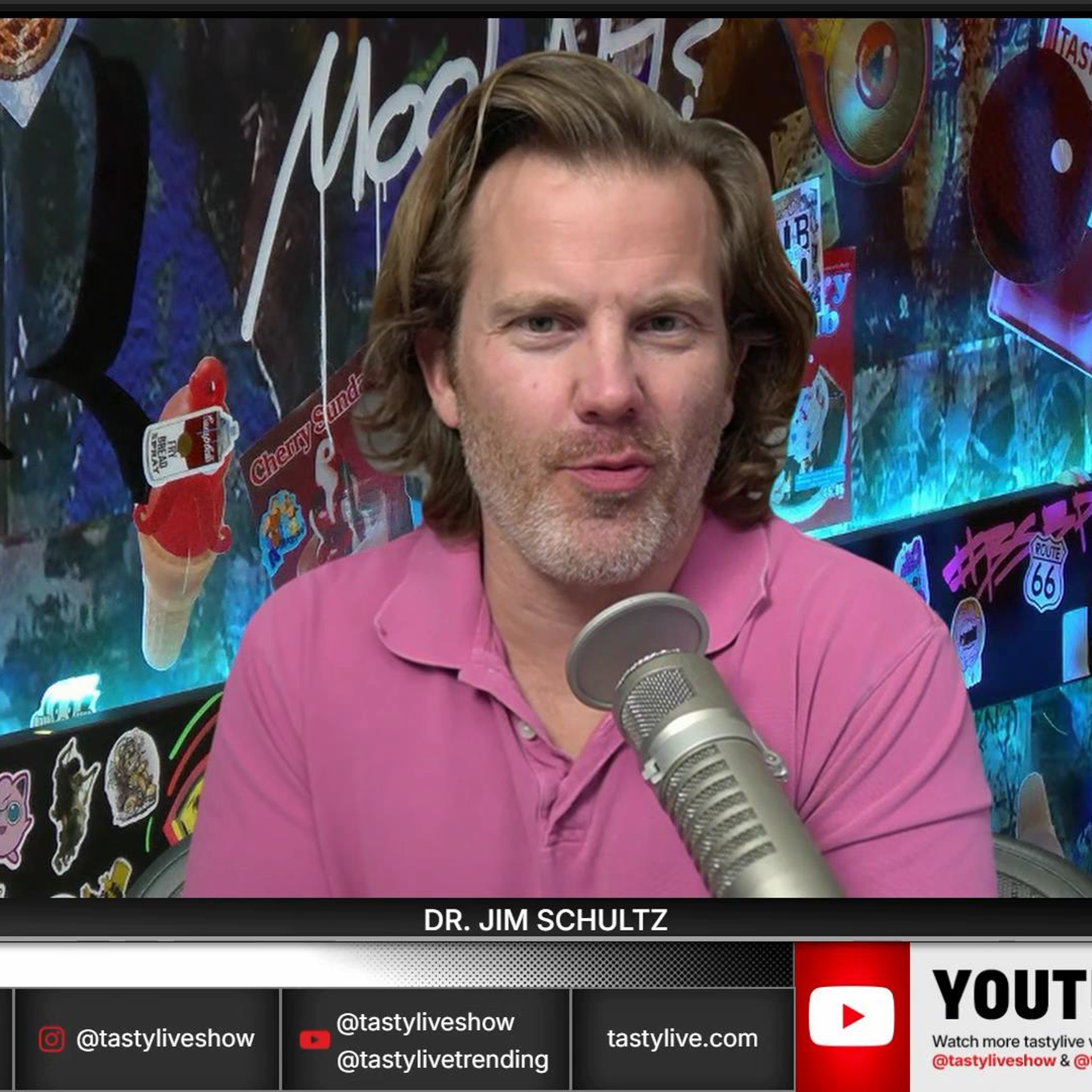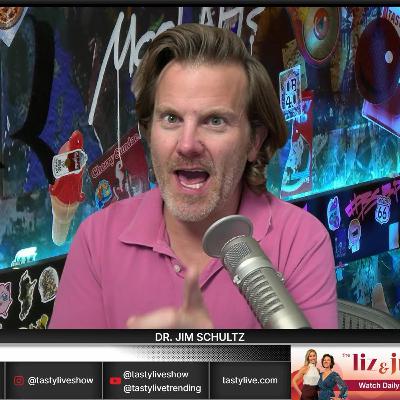Discover tastylive: Options Jive
tastylive: Options Jive

tastylive: Options Jive
Author: tastylive
Subscribed: 35Played: 653Subscribe
Share
© ℗ & © copyright 2013 - 2025 tastylive. All Rights Reserved.
Description
If you want to trade like a tastylive trader, you have to learn how to talk like a tastylive trader. Sit down with Nick and Tony as they dish out and discuss popular trading topics that give you an edge when opening, closing and managing your trades.
2312 Episodes
Reverse
In today's From Theory to Practice, Dr. Jim used the huge market rally to close several profitable positions ahead of the holiday break, including strangles in /MES, DAL, and QCOM, and also a short put in TGT—all displaying the advantages of strategic premium selling. He highlighted the importance of managing positions before extended market closures and demonstrated how short puts can provide beneficial buffer room during market volatility.
In today's From Theory to Practice, the portfolio showed strong performance in index futures positions, with MNQ short puts reaching beyond 50% max profit and being closed for approximately $500 gain. A Kimberly Clark (KMB) short put trade was also closed after reaching profit target, having benefited from well-timed entry after a significant dip.
Despite the positive momentum, Dr. Jim opted for restraint regarding new trades during the holiday-shortened week, passing on potential earnings plays in Best Buy (BBY) and other companies reporting this week.
In today's From Theory to Practice, Jim Schultz discusses Thursday's dramatic market reversal, with the Nasdaq falling from +560 points to -413 points and the S&P 500 dropping from 6971 to under 6600.
Despite NVIDIA's strong earnings report, markets experienced a shocking selloff. Schultz highlights the opportunity in elevated volatility for premium sellers, executing an MNQ put sale at 433 to capitalize on the volatility spike.
The show examines Amazon's successful position closure for a $1.40 profit after initially appearing headed for max loss. Schultz also addresses his unrealized NVIDIA butterfly position that went from potential profit to probable loss.
In this pre-recorded segment of From Theory to Practice, Dr. Jim Schultz discusses approaches to earnings trades while outlining his upcoming NVIDIA trade. He emphasizes that earnings events offer tradable opportunities because they occur quarterly, represent binary events, and feature high volatility environments.
Dr. Jim recommends beginners stick with defined risk strategies like vertical spreads and iron condors before attempting undefined risk strategies such as short puts or strangles. He distinguishes between front-week trades (offering quicker results) and regular 45-day cycle trades (providing more gradual outcomes).
In today's From Theory to Practice, Dr. Jim analyzed his ongoing positions including MES and MNQ strangles placed during last week's volatility spike. While maintaining the still-profitable MES strangle, he closed the MNQ position for approximately 50% profit after just three trading days.
His defined-risk positions in Apple (AAPL) and Amazon (AMZN) call spreads were discussed, with emphasis on position sizing consistency across trades. The host stressed the importance of maintaining similar notional exposure between positions to achieve consistent portfolio returns.
The segment highlighted the value of patience with out-of-the-money positions rather than aggressive delta adjustments, recommending traders focus on overall portfolio profitability rather than individual trade win rates.
In today’s From Theory to Practice, Dr. Jim starts with his AMD earnings trade. While it didn’t look promising on the initial move overnight, the stock has now rallied back so much that the earnings trades are profitable! Then, he looks to close /MES for a nice winner, and also scratch his PANW trade.
Lastly, Dr. Jim looks to add a QCOM earnings trade for tonight after the bell.
In today's From Theory to Practice, despite recent losses in directional earnings trades, Dr. Jim remains confident in his AMD bullish thesis. He also addresses viewer questions about managing existing positions, including a Starbucks long-term holding where he discusses his strategy of selling premium only during rallies rather than when the stock is down significantly.
Liz Dierking and Jenny Andrews navigated a volatile Tuesday morning, with S&P futures initially down 70 points before moderating to a 46-point decline. The hosts noted VIX reached an intraday high of 20.50, suggesting market anxiety despite minimal apparent catalysts.
The pair managed several earnings-related positions, closing their Palantir (PLTR) calendar for a small loss after earnings, while adjusting positions in Hymns and Unity Software (U). They also initiated new positions in Rivian (RIVN) ahead of earnings and added a Nike (NKE) jade lizard strategy.
Discussion included unusual put activity in SPX options and market sector performance data from Kai's research report. Japan emerged as the leading global market with a 37% year-to-date return, while upcoming earnings from AMD, Novo Nordisk, and McDonald's (MCD) were highlighted as potential market movers.























